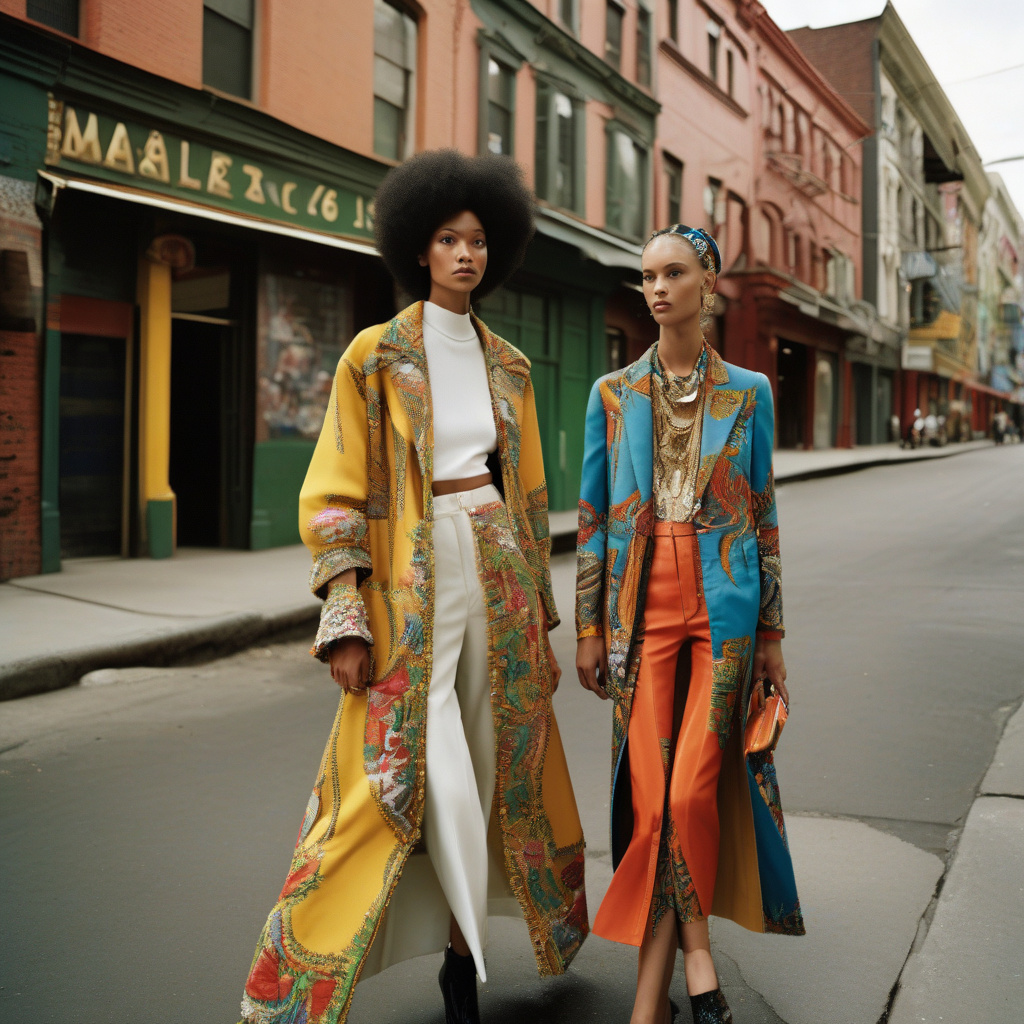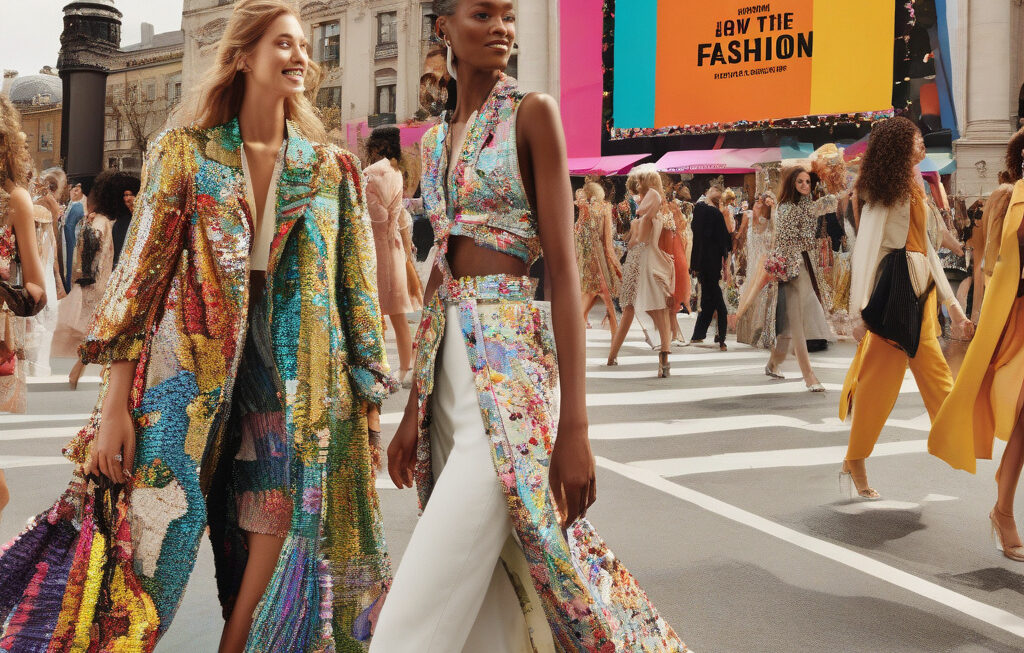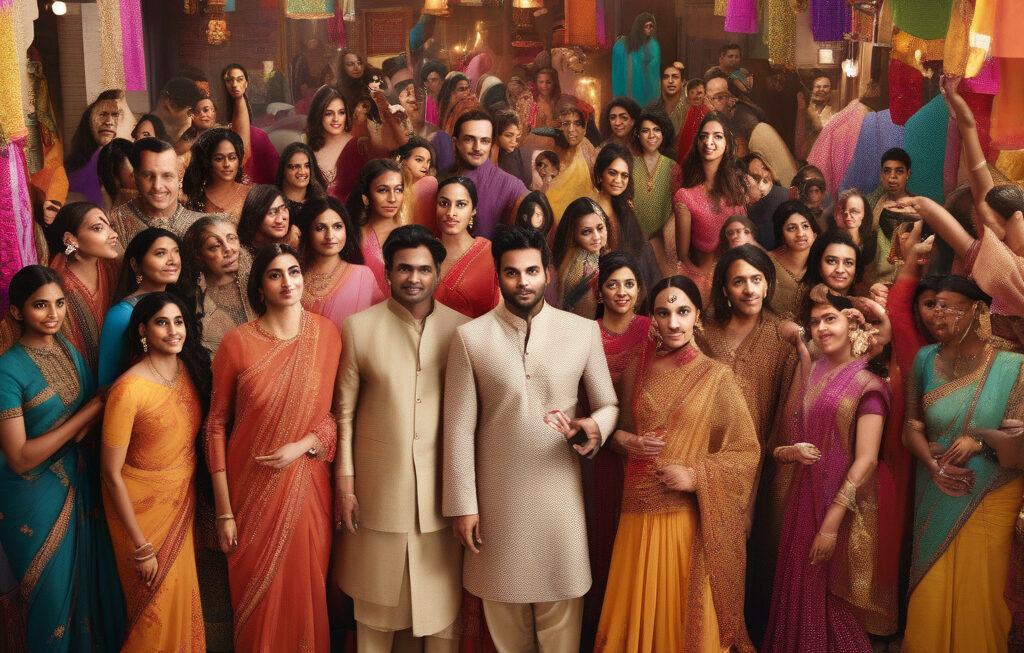Fashion Forward: Engaging With Global Culture Authentically
The landscape of fashion is constantly evolving, with creative and commercial energy now being fueled by frontier markets in Asia, Africa, and Latin America. As global brands seek to expand their reach and resonate with a diverse audience, it is crucial for them to understand the importance of engaging with local cultures in an authentic and respectful manner.
In recent years, there has been a significant shift in the way fashion brands approach global expansion. No longer is it enough to simply impose Western ideals of style and beauty onto new markets. Instead, successful brands are taking the time to immerse themselves in the local culture, drawing inspiration from traditional designs, fabrics, and craftsmanship.
One key aspect of engaging with global culture authentically is the recognition that diversity is not just a buzzword, but a reality that must be celebrated and embraced. By featuring models of various ethnicities, sizes, and backgrounds in their campaigns and runway shows, brands can send a powerful message of inclusivity and representation.
A shining example of a brand that has successfully navigated the waters of global culture is Louis Vuitton. Under the creative direction of Nicolas Ghesquière, the luxury fashion house has made a concerted effort to collaborate with local artisans and designers in countries such as Japan, Brazil, and Mexico. By incorporating traditional elements into their collections, Louis Vuitton has been able to create pieces that resonate with both local and international audiences.
Another important aspect of engaging with global culture is the need to listen to and learn from the communities that brands are seeking to connect with. This means going beyond surface-level research and truly immersing oneself in the traditions, values, and customs of a particular region. By taking the time to build authentic relationships with local stakeholders, brands can ensure that their efforts are well-received and make a positive impact.
One brand that has excelled in this regard is Gucci, under the creative leadership of Alessandro Michele. Through initiatives such as the Gucci Changemakers program, the brand has worked to support underrepresented communities and foster diversity and inclusion both within the company and in the wider fashion industry. By partnering with local organizations and activists, Gucci has been able to create meaningful change and connect with consumers on a deeper level.
In conclusion, the key to engaging with global culture in the right way lies in authenticity, inclusivity, and a genuine respect for diversity. By taking the time to understand and celebrate the unique heritage of different regions, fashion brands can create connections that go beyond mere transactions and foster a sense of belonging and community. As the world becomes increasingly interconnected, the brands that succeed will be those that embrace the rich tapestry of global culture and weave it into the very fabric of their identity.
fashion, globalculture, inclusivity, authenticity, diversity












